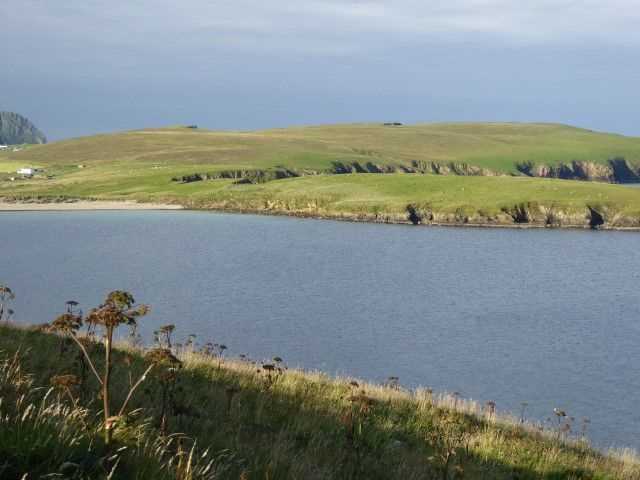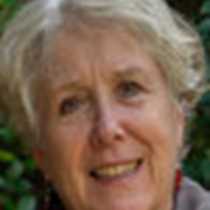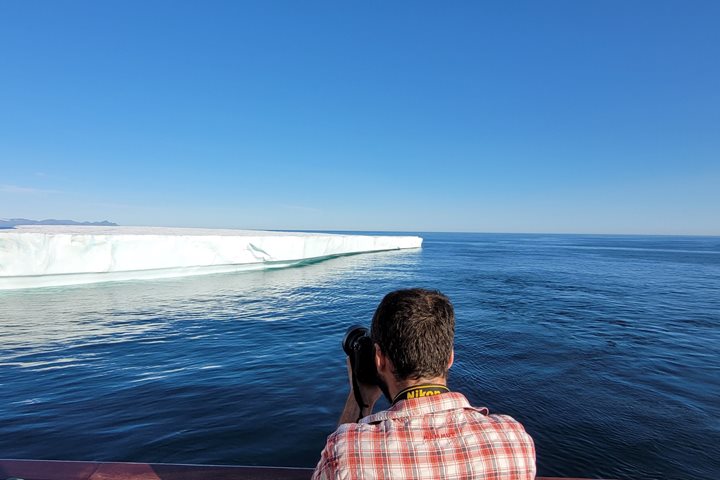It was another early start but well worth it. A clear sparkling morning greeted us as we emerged on deck, tied up alongside in Lerwick Harbour, Shetland. The rain and grey misty seas of the previous evening had blown away and we were treated to blue skies and benign seas. Truly the weather has been kind to us on this trip!
Two buses set off south towards the archaeological cornucopia that is Jarlshof, past stunning views out to the broch of Mousa which clings to an offshore island while greylag geese flew along the coast. We were told the difference between ‘wicks’ (square shaped bays) and ‘voes’ (narrow inlets) as we passed fertile hay fields and pasture where sheep and cattle grazed. Shetlanders are still very conscious, and proud, of their Norwegian heritage and it is immortalised for them in the place names which are attached to every village and feature in the landscape.
At Jarlshof (the name given by Sir Walter Scot) we were able to time travel back through an astonishing five thousand years of history with archaeological evidence laid out before us. Everything from a Neolithic house to a Bronze Age smithy, Iron Age roundhouses and the remains of a broch, and a later wheel house. And, if this was not enough, there were also the remains of Viking and Norse period long rectangular halls with attached barns and byres. These had developed into a medieval manor house complex before being replaced by the Laird’s house which gave the site its name. A video in the little visitor centre usefully showed us how this amazing site had evolved and changed over five thousand years.
Shetland is a landscape seeped in history and, as the other group learned, not all of it is ancient history. Medieval Scalloway Castle still stands to full height, while the museum in Lerwick described, and paid tribute to, the bravery of Shetlanders who ran the so-called Shetland Bus during World War II transporting spies, refugees, supplies and information backwards and forwards between Shetland to Norway. This was carried out in small vessels by the islanders who knew the waters, and the dangers, risking their lives on dark and perilous sea crossings.
We saw seals off shore and sea birds wheeling overhead but for many it was the sturdy Shetland ponies which stole the show. These, like the Icelandic ponies, are the descendants of ancient breeds used by Vikings and by the early inhabitants of these windswept islands.
And so back on the ship for lunch and we said good-bye to Scotland and the Northern Isles, leaving Lerwick still bathed in sunshine as the captain turned the ship east towards Bergen, our final destination in this journey. The many islands we have visited might fade over a distant horizon but the memories of their unique characters and hardy inhabitants will long stay with us.







